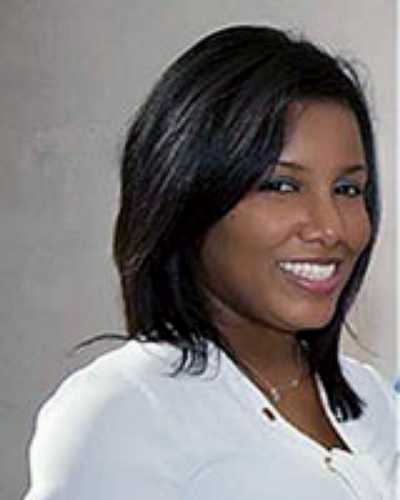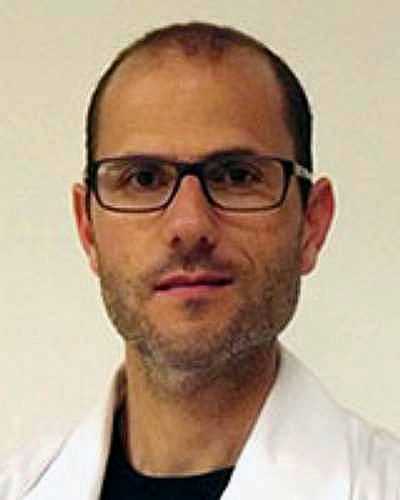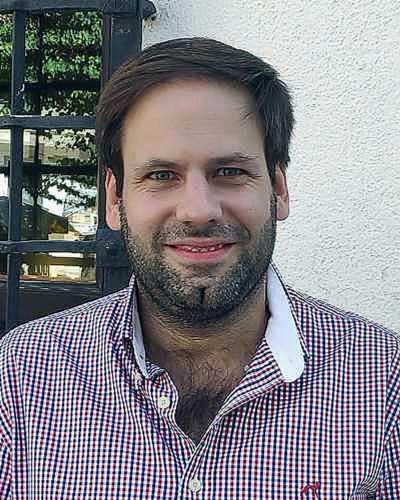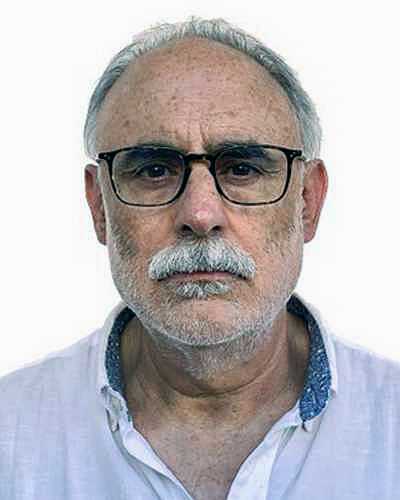Now published, see the full article 
Early Abstract:
Background: As patients seek health information more frequently on the Internet, the impact on their health status and their relationship with doctors could be a matter of concern. The objective of this study is to know how frequently rural primary care patients seek health information on the Internet and the factors associated with it.
Methods: This cross-sectional study surveyed 850 patients aged over 15 years who attended two rural health centers in Cuenca (Spain). Consecutive case sampling was done. The statistical analysis included the description of the variables and a bivariate analysis, and was completed with a logistic regression analysis.
Results: Patients’ median age was 54 years, interquartile range (IR): 39-67; 60.9% were female. Of those surveyed, 49.8% (95%CI: 46.3-53.2) stated seeking the Internet for health information. Statistically significant differences appeared for gender, age, level of education, disease and attendance (p<0.0001). A logistic regression analysis showed an independent relation with health information seeking on the Internet for the variables gender, age, level of education (p<0.0001) and having a chronic disease (p=0.004).
Conclusion: Roughly half the primary care patients in the rural area sought health information on the Internet. Females, young people, those with a higher level of education and a diseases background did so more frequently.




